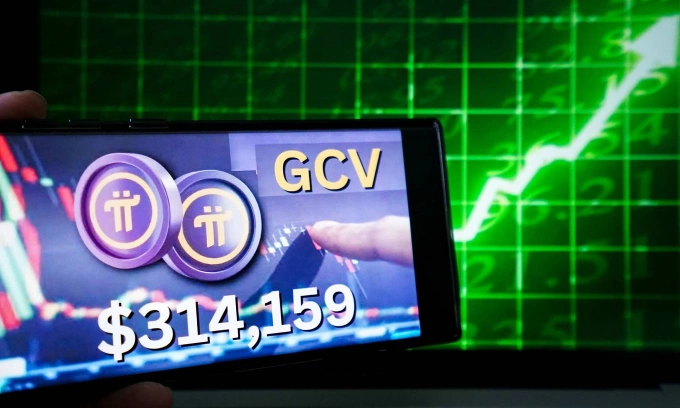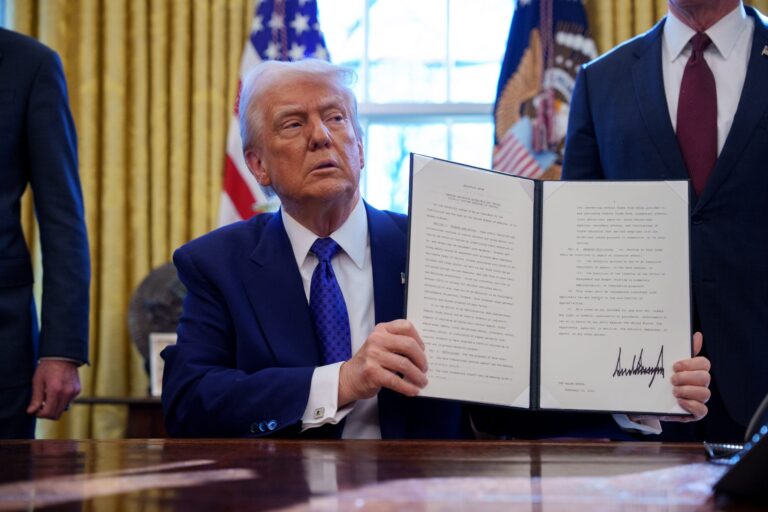Pi Network supporters are pushing a “global consensus value” of US$314,159 per coin, but experts call it unrealistic, with the token trading at just US$0.60. Launched in 2019 by Stanford PhD graduates Nicolas Kokkalis and Chengdiao Fan, Pi Network was designed to let users mine cryptocurrency for free on their smartphones with minimal energy consumption and infrastructure. But from the outset it has leaned heavily on social media buzz and promises of high future returns.
"Since day one, the Pi network has been building its ecosystem on market buzz, promises, and hopes of getting high returns," crypto news outlet The Crypto Times commented. "Thereby creating a cult-like status for the project whose followers do not shy away from overestimating the Pi token’s potential and future surge." The project has attracted more than 60 million registered users, known as "Pioneers," many of whom are waiting for the opportunity to convert their mined Pi into tradeable tokens.
Since 2022, some communities have launched campaigns claiming Pi will eventually reach US$314,159—a number symbolically tied to the mathematical constant pi (3.14159). Some Pi communities have launched campaigns forecasting that Pi price will reach US$314,159. Photo by VnExpress/Duy Phong The campaign was reportedly initiated by an individual named Bao Rong Zhang, who introduced the concept at an international seminar in February 2022 and called on the community to adopt this valuation as a global benchmark for Pi.
Despite getting no official support from the Pi Network development team, the movement has gained some traction. Supporters have created networks of "Pi ambassadors," who represent their countries, host events and promote the target on social media platforms globally. While the concept is strongly supported by the Pi community, experts consider it a fantasy.
They point out that the value of a cryptocurrency depends on its real-world use in decentralized applications and transactions or its role as a store of value like Bitcoin, Ethereum and Solana. But Pi lacks liquidity and tangible demand, relying instead on slogans and token holder optimism. Critics have compared Pi Network’s strategy to multi-level marketing, citing its reliance on ambassador appointments and user referrals.
In February Bybit CEO Ben Zhou rejected a listing request from Pi Network, citing concerns over its legitimacy. Zhou also referenced an analysis by crypto analyst Haotian, known as CryptoInsight on X, who noted that Pi has gained popularity in markets with low levels of financial literacy. Slogans like "one Pi equals one Bitcoin" have led many users to misunderstand the token’s actual value, he said.
Justin Bons, founder of Cyber Capital and a well-known analyst, has labeled Pi Network a "scam" and warned users to avoid it. Though Pi entered its "open mainnet" phase two months ago, its price now is just around US$0.60, a fifth of its February peak of US$3 and far below the GCV figure. Certificates of global "Pi ambassadors".
Photo from X Cybersecurity firm OneSafe dismissed the so-called global consensus value, pointing to the Pi Core Team’s announcement that the total supply could reach 100 billion tokens. The resulting market cap would be astronomical and without any real-world basis. The movement highlights both the strengths and weaknesses of grassroots efforts in the crypto industry.
While it shows the influence of community power in elevating a project, it also underscores that such support is not enough to build a sustainable network. "Now is the time for the Pi Network team to understand that if they want to become a long-distance contender, they must work on real utility and value beyond slogans, ambassadors and viral dreams," The Crypto Times said. Vietnam is among the countries with the largest number of Pi miners.
The project has been controversial for its delayed mainnet launch, which took nearly six years when it finally happened on Feb. 20 this year.

































































































